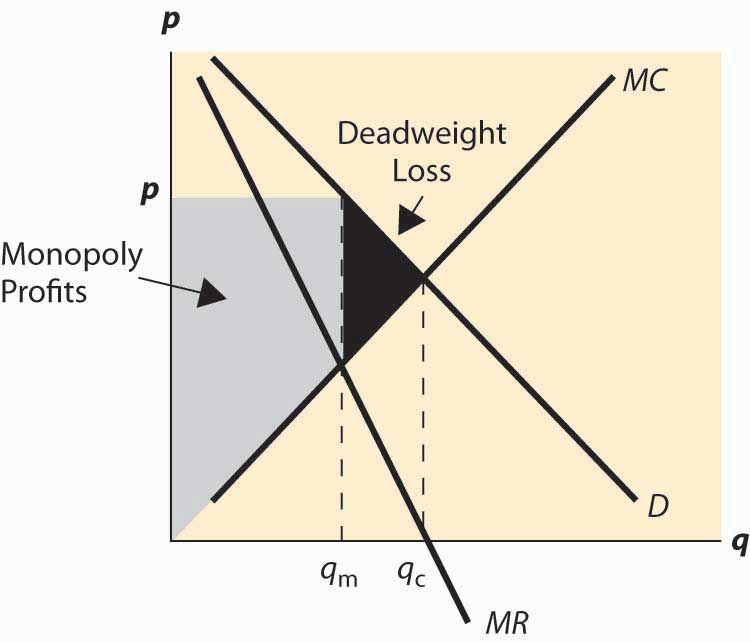

The use of a product by a person can affect the value of that product to other people. The absence of substitutes makes the demand for that good relatively inelastic, enabling monopolies to extract positive profits.Ī prime source of monopoly power is the control of resources (such as raw materials) that are critical to the production of a final good. Thus one large company can often produce goods cheaper than several small companies.Ī monopoly sells a good for which there is no close substitute. Production processes that require large investments of capital, perhaps in the form of large research and development costs or substantial sunk costs, limit the number of companies in an industry: this is an example of economies of scale.Ī monopoly may be better able to acquire, integrate and use the best possible technology in producing its goods while entrants either do not have the expertise or are unable to meet the large fixed costs needed for the most efficient technology. And if the long-term average cost of the dominant company is constantly decreasing clarification needed, then that company will continue to have the least cost method to provide a good or service Decreasing costs coupled with large initial costs, If for example the industry is large enough to support one company of minimum efficient scale then other companies entering the industry will operate at a size that is less than MES, and so cannot produce at an average cost that is competitive with the dominant company. Sources of power include:ĭecreasing unit costs for larger volumes of production. In a monopoly, specific sources generate the individual control of the market. Different average and marginal revenue curve. There is no difference between firm and industry.ġ0. Single seller and large number of buyers.Ħ. There is also no dose substitute of the good or service.ġ. Monopoly is a market where there is only one producer of a good or service. The advantages of a monopoly include economies of scale and dynamic efficiency.Monopoly Meaning, Conditions, Sources and Advantages Monopoly.Productive inefficiencies and exploitation are two of the main inefficiencies created by monopolies.The diagram for a monopoly's profit is considered to be the same in both the short and the long run.

The monopoly can either be a price maker or a quantity setter.Governments can create monopolies in certain industries.



 0 kommentar(er)
0 kommentar(er)
